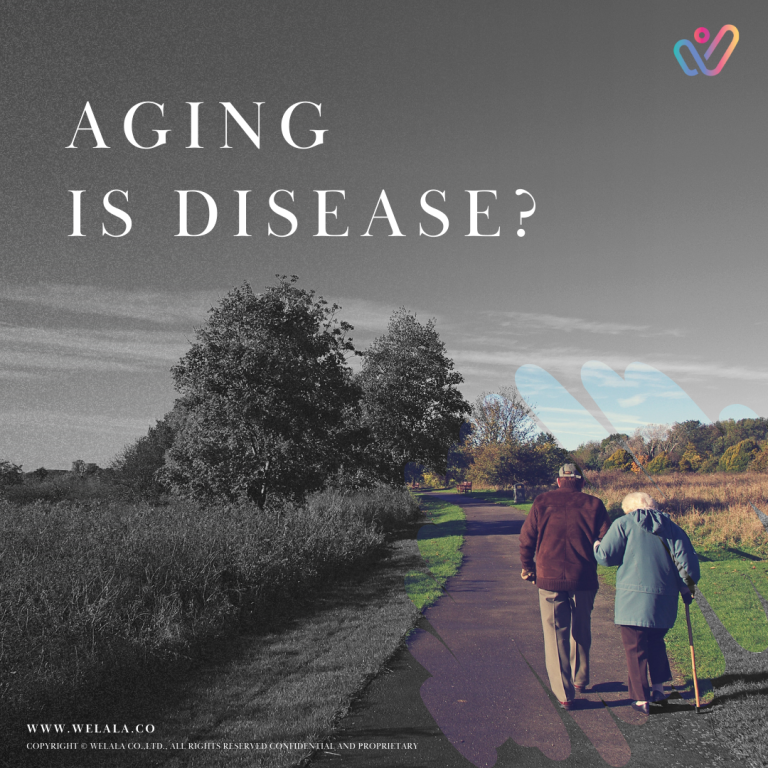HPV: A Menace to Women’s Health
When it comes to imminent dangers for women, cervical cancer poses a significant threat. In Thailand, approximately 4,500 women lose their lives to cervical cancer each year, with over 9,000 new cases reported annually. Therefore, early screening for cervical cancer is crucial for women. There are several methods for cervical cancer screening, with HPV DNA testing and Pap smear being two commonly used approaches. Let’s explore these and another essential method.
Methods of Cervical Cancer Screening:
Pap Smear:
Pap smear is a long-standing screening method for cervical cancer. It involves collecting tissue from the cervix for laboratory examination. However, its accuracy is around 50%.
ThinPrep:
An improvement upon Pap smear, ThinPrep involves collecting cells from the cervical surface and placing them in a ThinPrep Pap Test solution before laboratory examination. This method is more effective and accurate, with a precision rate of approximately 90-95%.
HPV DNA Test:
The HPV DNA test involves screening for cervical cancer by detecting HPV infection at the DNA level and identifying different strains responsible for causing cervical cancer. Like the other methods, it requires collecting cervical cells for laboratory testing.
Why Should You Undergo Cervical Cancer Screening?
Regular cervical cancer screening helps reduce the risk of developing cervical cancer. In its early stages, cervical cancer may not exhibit clear symptoms, making routine screening crucial. Detecting cervical cancer early allows for effective treatment and a higher chance of complete recovery.
Is HPV DNA Testing Superior to Other Methods?
HPV DNA testing provides more specific information about the presence and strains of HPV in the body, offering in-depth insights. It can identify specific HPV strains, such as types 16 and 18, which are major contributors to cervical cancer. This allows for preventive measures and early treatment before the infection progresses to cervical cancer. Compared to other screening methods, HPV DNA testing is highly accurate.
How and Where Can HPV be Contracted?
HPV is primarily transmitted through sexual intercourse and may involve strains that can cause or not cause cancer.
When Should You Get an HPV Test, and How Often?
Women should start screening at the age of 21 or within three years after becoming sexually active. Screening should be repeated every 2-3 years at a minimum to detect cervical cancer in its early stages. The frequency of screening depends on individual circumstances, and some may need annual screenings based on their risk factors.
Self-Examination for Early Prevention:
For those who may not have the time or feel uncomfortable with traditional screenings, self-examination using HPV DNA testing kits, such as those offered by Welala, is a convenient option. This allows women to collect cervical cells at home, avoiding the need for hospital visits or facing potential embarrassment. Early detection and prevention can occur before the infection develops into cervical cancer.
Conclusion
In conclusion, cervical cancer screening is a vital aspect of women’s health. Whether through traditional methods like Pap smear and ThinPrep or the modern and convenient HPV DNA testing, regular screening can significantly contribute to early detection and prevention. Don’t neglect the importance of cervical cancer screening and take charge of your health proactively.




